Introduction
Cutting men’s hair with clippers can be a convenient and efficient way to achieve a well-groomed look. However, it is important to be aware of common mistakes that can occur during the process. Understanding and avoiding these mistakes will help you achieve better results and prevent potential hair disasters. In this article, we will explore some common mistakes to avoid when cutting men’s hair with clippers, including issues with guard selection, improper technique, lack of attention to detail, and inadequate maintenance.
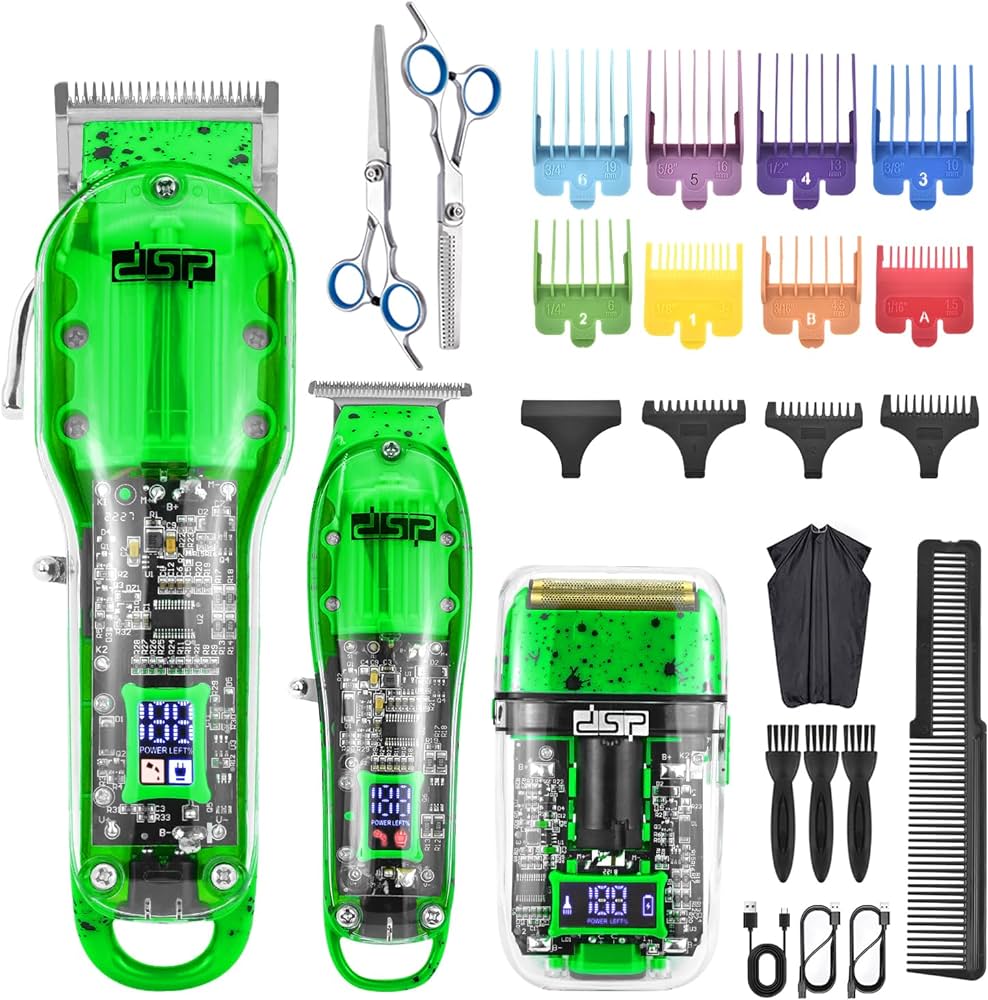
What are common mistakes when cutting men’s hair with clippers?
Mistake 1: Incorrect guard selection
Selecting the wrong guard length is a common mistake when using clippers. Here are some considerations to avoid this mistake:
Understanding guard lengths: Familiarize yourself with the measurements and corresponding lengths of different guard sizes. For example, a #4 guard is generally around 1/2 inch (12.7 mm) in length, while a #1 guard is typically around 1/8 inch (3 mm).
Visualizing the outcome: Before starting the haircut, have a clear idea of the desired hair length and style. Think about how the selected guard length will achieve that result. Take into account the hair’s natural texture and growth patterns.
Gradual transitions: When blending different lengths, use guards that provide a gradual transition. Avoid jumping from one guard length to another too quickly, as this can result in an uneven appearance.
Mistake 2: Inconsistent technique
Inconsistent technique can lead to an uneven haircut or undesirable results. Here are some techniques to be mindful of:
Maintaining consistent pressure: Apply consistent and even pressure while moving the clippers through the hair. Avoid pressing too hard or too lightly, as this can create uneven lines or gaps in the haircut.
Overlapping strokes: Ensure that each stroke overlaps with the previous one to achieve even coverage. Neglecting to overlap strokes can result in missed spots or lines of demarcation.
Smooth, fluid movements: Use smooth, fluid movements when cutting the hair. Jerky or rushed motions can lead to uneven cuts or accidental slips.
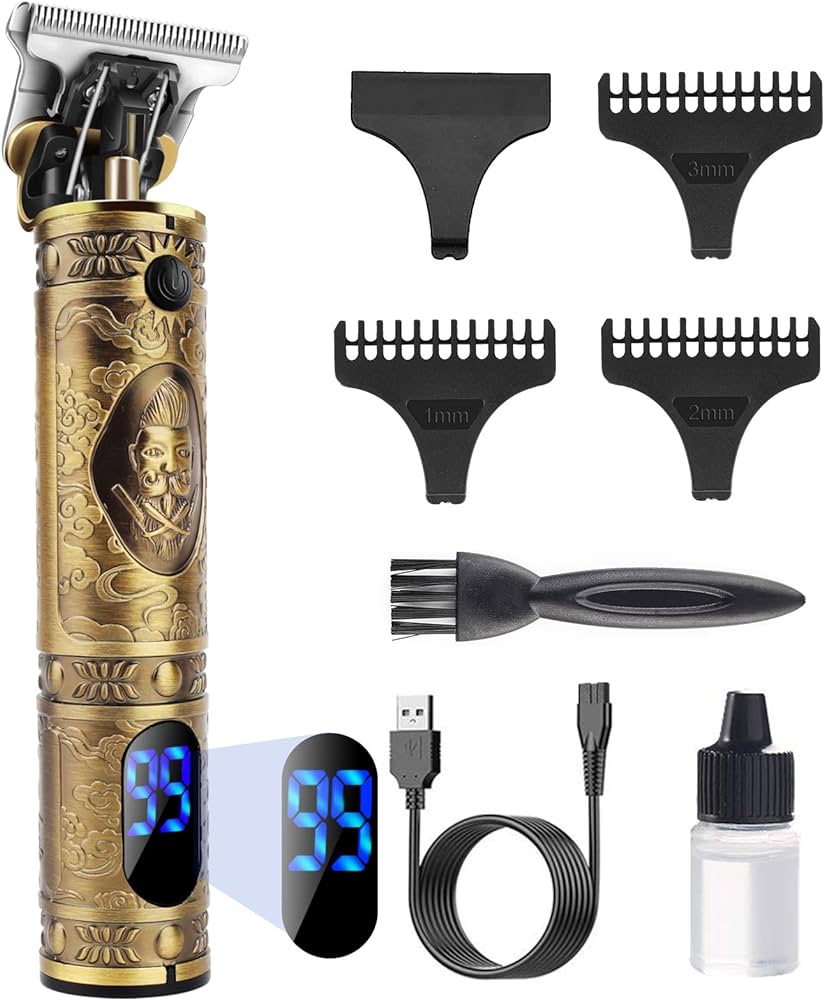
Mistake 3: Neglecting attention to detail
Inattention to detail can compromise the overall appearance of the haircut. Paying attention to the following details can help avoid this mistake:
Tapering and blending: Take the time to properly blend and taper the hair for a seamless transition between different lengths. Pay attention to the back and sides of the head, ensuring that the hair is evenly faded or blended.
Checking for symmetry: Regularly check for symmetry throughout the haircut. Use a handheld mirror or a second mirror to view the haircut from different angles. Make any necessary adjustments to achieve a balanced and even appearance.
Trimming stray hairs: After completing the main haircut, trim any stray or longer hairs that may have been missed. This step helps achieve a clean and polished look.
Mistake 4: Inadequate maintenance and cleaning
Proper maintenance and cleaning of clippers are often overlooked but crucial for optimal performance. Avoid this mistake by following these tips:
Regular cleaning: Clean the clippers thoroughly after each use to remove hair clippings and debris. A small brush or toothbrush can be used to clean the blades and other components. Some clippers have detachable blades that can be rinsed under water. Ensure that all parts are dried thoroughly before reassembling.
Lubrication: Regularly apply clipper oil to the blades as per the manufacturer’s instructions. Lubrication reduces friction and ensures smooth cutting. Neglecting lubrication can lead to dull blades or noisy operation.
Blade maintenance: Replace or sharpen blades when necessary. Dull blades can result in uneven cuts or discomfort. If your clippers have detachable blades, follow the manufacturer’s instructions for proper maintenance and replacement.
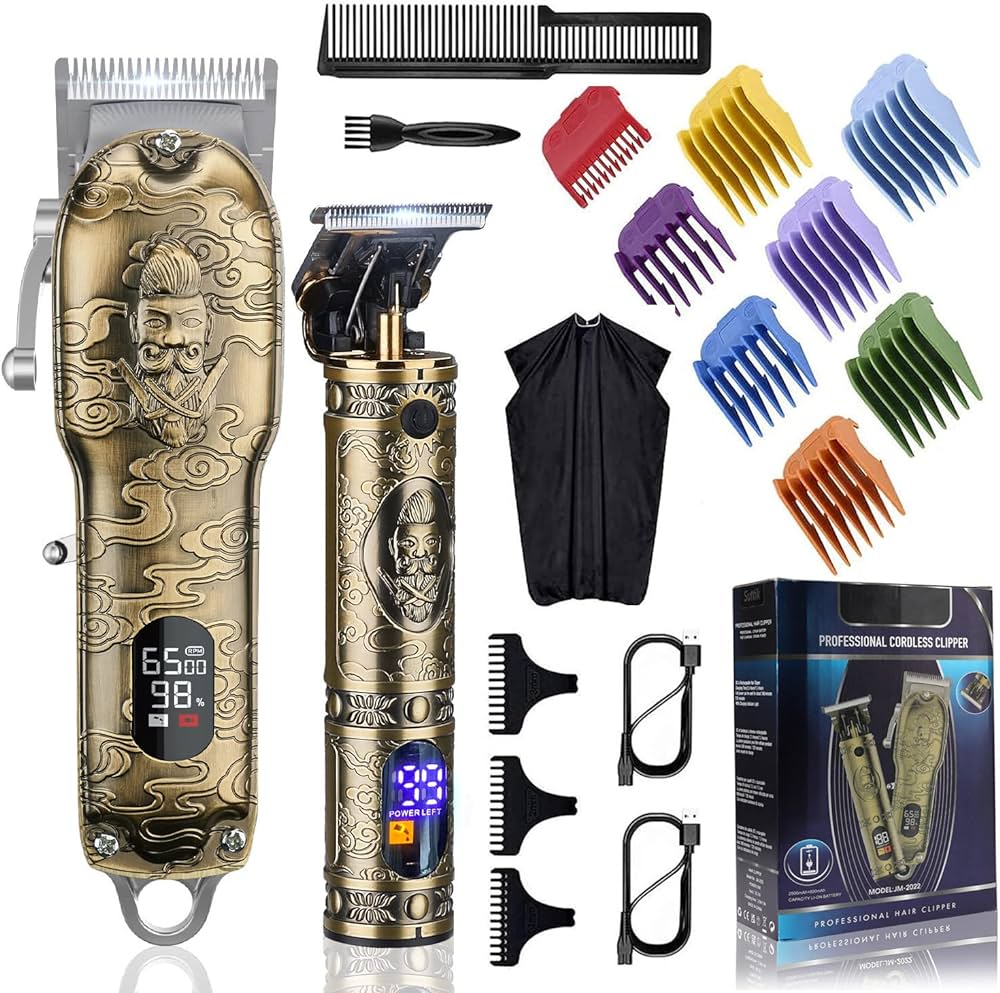
Mistake 5: Rushing the haircut
Rushing through a haircut can lead to unsatisfactory results. Take the following into consideration to avoid this mistake:
Time management: Allocate sufficient time for the haircut, especially if you are not experienced or have a complex hairstyle to achieve. Rushing can lead to mistakes and a subpar haircut.
Patience and focus: Maintain focus and work with patience, especially when blending, tapering, or working in more intricate sections. Take breaks if needed to rest your hand or prevent fatigue.
Consistent breaks: Allow time for breaks between haircuts to prevent the clippers from overheating. Overheated clippers can cause discomfort or result in uneven cutting.
Mistake 6: Ignoring personal preferences and communication
Not taking into account personal preferences and effective communication with the client can result in dissatisfied outcomes. Avoid this mistake by considering the following:
Client consultation: Before starting the haircut, have a conversation with the client to understand their desired hairstyle, length, and overall expectations. Ensure that you both have a clear understanding of the desired outcome.
Adapting to individual needs: Take into account the client’s hair texture, growth patterns, and face shape. Adjust your technique and guard selection accordingly to achieve a personalized and flattering haircut.
Checking during the process: Regularly check with the client during the haircut to ensure they are satisfied with the progress. Make any necessary adjustments or accommodate any requests within reason.
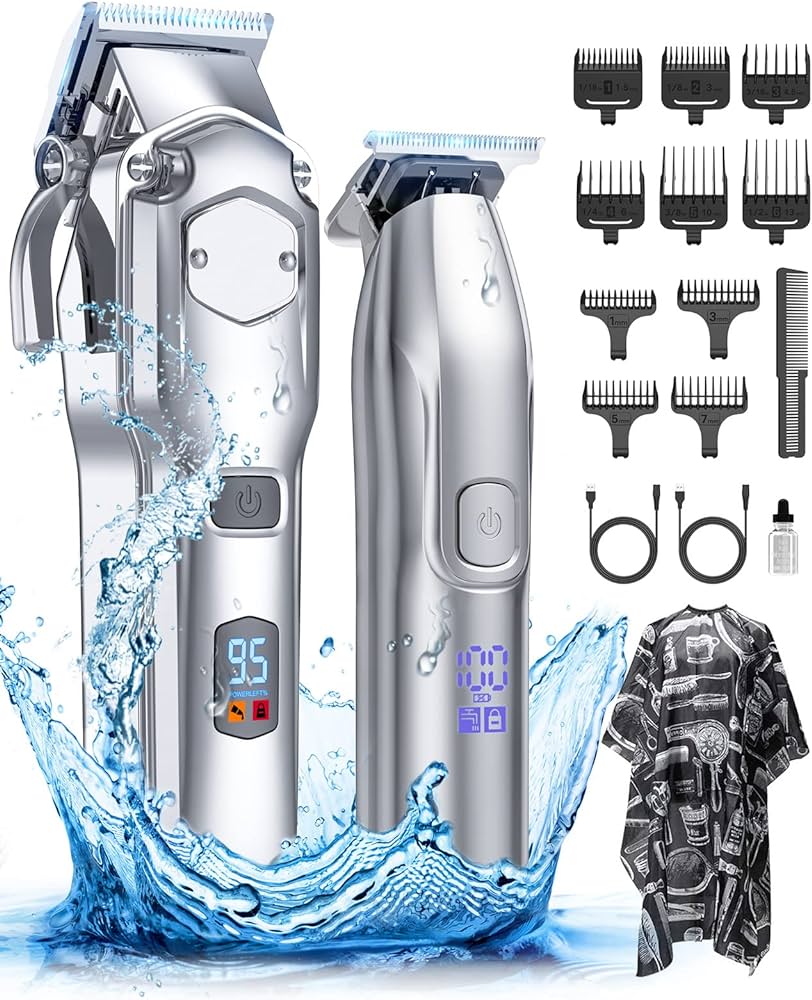
Mistake 7: Overcutting or removing too much hair
Overcutting or removing too much hair is a common mistake that can result in an unintended and undesirable outcome. To avoid this mistake, consider the following:
Take conservative measures: Start with a longer guard length than you initially think you need. It is easier to gradually remove more hair if necessary than to fix a haircut that is too short.
Use caution with each pass: Apply light pressure and make multiple passes to achieve the desired length. This approach allows for better control and reduces the risk of removing too much hair in a single pass.
Step back and assess: Regularly step back from the haircut to assess the overall progress. This perspective allows you to make informed decisions about whether to continue cutting or to maintain the current length.
Mistake 8: Neglecting to blend the hairline and edges
Failure to properly blend the hairline at the nape of the neck and around the ears is a common mistake that can make the haircut look unfinished or unprofessional. To avoid this mistake, pay attention to:
Neckline blending: Gradually blend the hairline at the back of the neck to create a smooth transition between the clipped hair and the natural hairline. Use a trimmer or a straight razor to tidy up the edges and achieve a clean, defined line.
Edge detailing: Pay attention to the edges around the ears and the hairline, ensuring that they are neat and well-groomed. Use a trimmer or razor to create clean lines and remove any excess hair.
Step back for evaluation: Regularly step back and view the haircut from different angles to ensure that the blending and detailing of the edges are consistent and visually appealing.
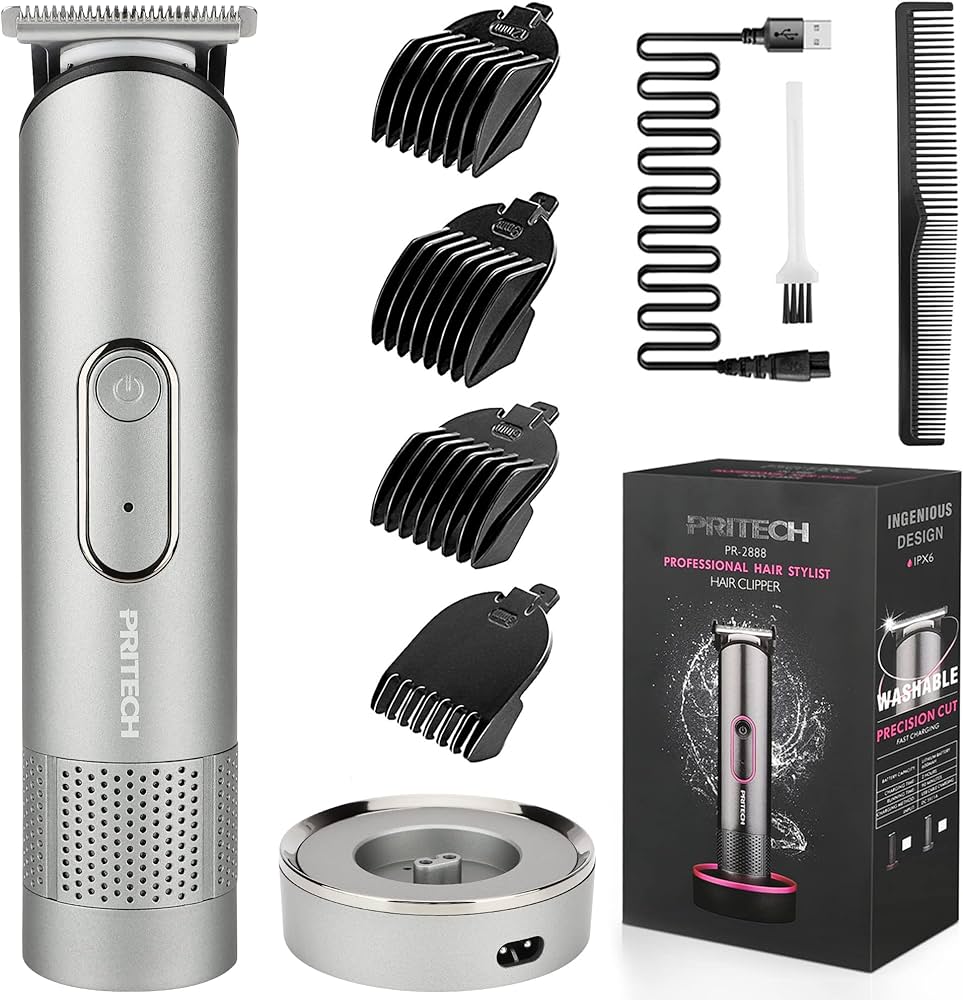
Conclusion
Avoiding common mistakes when cutting men’s hair with clippers is essential for achieving a satisfactory outcome. Proper guard selection, consistent technique, attention to detail, adequate maintenance, and avoiding rushed haircuts are key considerations. By being mindful of these mistakes and implementing the appropriate techniques and practices, you can deliver well-groomed and professional-looking haircuts. Remember to adapt to individual needs and communicate effectively to ensure client satisfaction. With practice and attention to detail, you can cut men’s hair with clippers confidently and achieve excellent results.
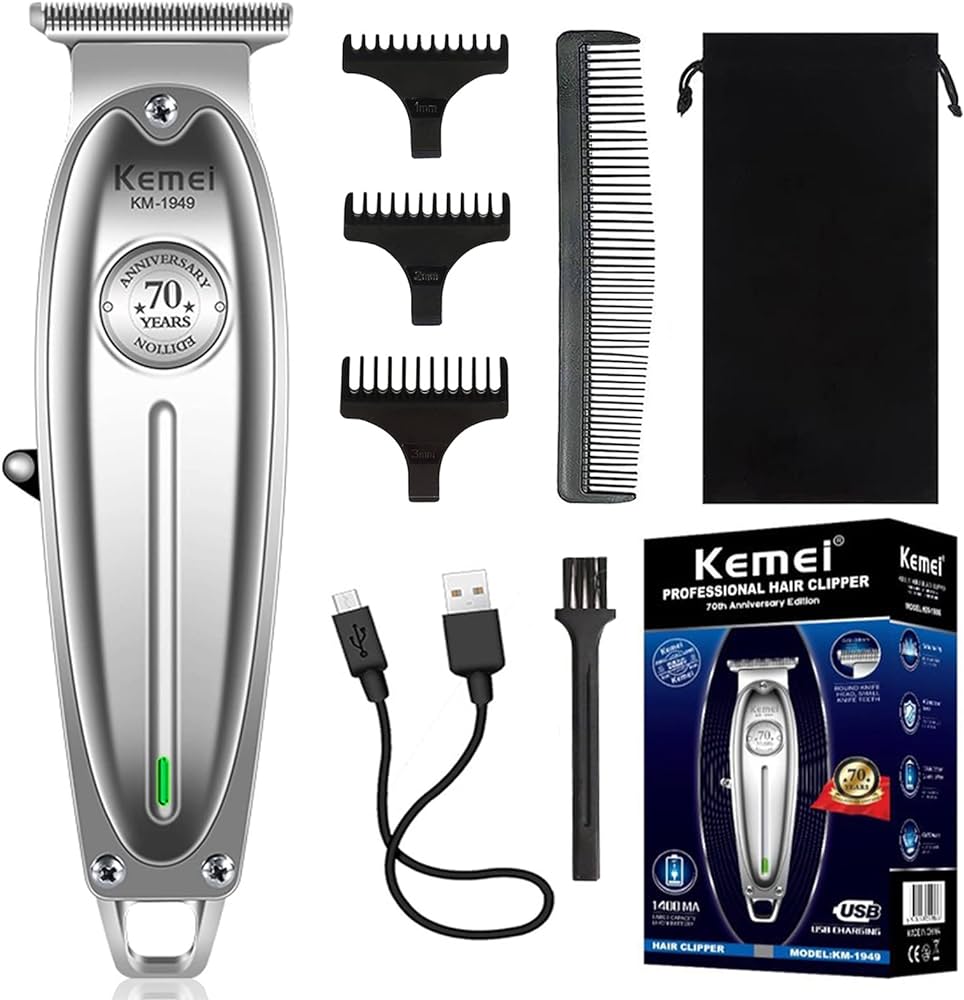
Leave a Reply